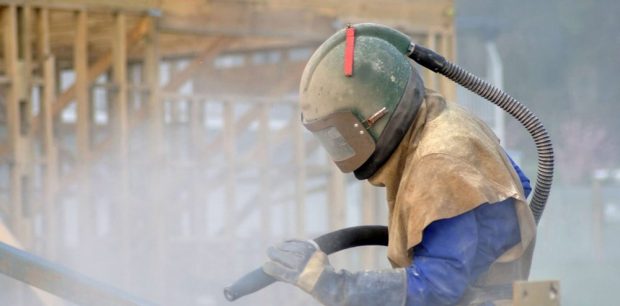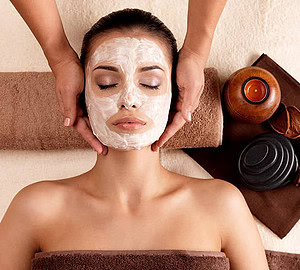The existence of many media is because they all fulfill certain functions exceptionally well. This is related to the medium’s form, size, hardness, and density, which are all important abrasive qualities.

What is an anchor pattern?
The “anchor pattern” is one of the most prominent effects of sandblasting. A small crater is formed when a particle collides with the surface of a metal. Ridges will be forced up on both sides of this little crater, lining it. The depth of this crater has an impact on how effectively the coating adheres to the metal surface. The stronger the link, the deeper the craters.
If the craters are too deep, though, the ridges may peek through the coating’s surface. This might result in rusting and coating weakening, necessitating another round of sandblasting.
Let’s look at how sandblasting media’s abrasive qualities affect the anchor pattern.
Hardness
The hardness of a medium influences how far particles may penetrate a surface. Depending on how soft the abrasive is, softer media will leave a very small anchor pattern, if any at all. This is good for getting rid of dirt, paint, and grease.
While it may appear rational to utilize the hardest material available for efficient sandblasting, exceptionally hard abrasives have a drawback. Too harsh abrasives can also be brittle, causing them to fracture when struck. A percentage of a particle’s kinetic energy is expended when it breaks during a collision. As a result, there is less energy available for the surface.
Size
Particles are measured in terms of their “mesh” size. This specifies the mesh size that the particles will pass through. A mesh size of 10 indicates that there are 10 holes per square inch, which would fit reasonably large particles, whereas a mesh size of 300 indicates that the particles are much smaller.
On the surface, it appears that larger particles do more work than smaller ones. While it is true that a larger particle has greater momentum and hence leaves a larger impact crater, it also has a disadvantage. On the surface of a metal, large particles have more localized effects. That is, there are fewer particles per cubic inch than if smaller particles were utilized, resulting in a less thorough outcome.
The answer is to use the smallest medium that will allow you to get the required anchor pattern to provide a thorough finish and a consistent depth profile.
Density
The density of a particle informs us a lot about how it will react when it collides. A dense particle has a higher mass-to-volume ratio. This means that it will dig deeper than a larger particle of the same mass when it collides. Consider the difference between dropping a steel stone on your foot versus a huge foam ball that weighs the same.
Denser particles also transfer more of their kinetic energy into collisions. When soft, less dense particles collide with an object, they compress, absorbing the impact and transferring momentum less efficiently. Paint removal and light surface cleaning are two applications for these softer particles.
Conclusion
The best sandblasting media is one that can impart the depth profile required by the coating method. Visit a manufacturer’s website for the most up-to-date product specs, or look through the database of abrasive manufacturers’ product data sheets before making a purchase.



